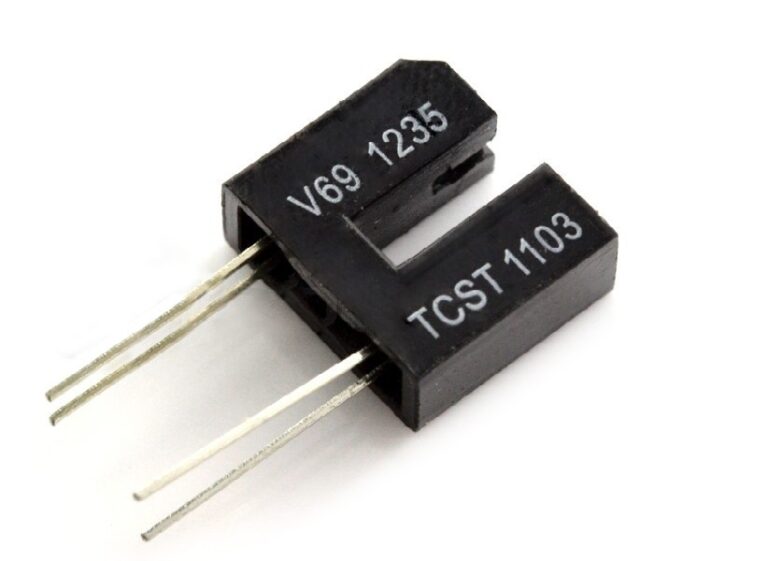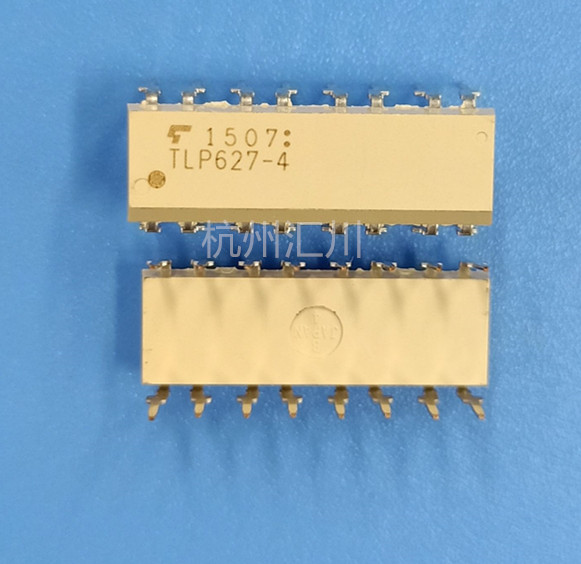

To test the device, the researchers continuously monitored levels of these biomarkers in a lamb brain under various states. The films are covered with a black sheath to reduce background noise and improve data precision. Attached to the tip of the fibre are four sensing films which simultaneously and continuously measure levels of one biomarker each within the CSF: pH, temperature, dissolved oxygen, and glucose. The device comprises a flexible silica-based optical fibre that is inserted into brain tissue to monitor the cerebrospinal fluid (CSF) - the liquid that surrounds the brain and spinal cord. Our promising results indicate both accurate biomarker monitoring and precise predictions of injury progression which, after further development, could help clinicians monitor both patients’ brain health and response to treatment.” Lead author Dr Yubing Hu, at Imperial’s Department of Chemical Engineering, said: “This is a promising breakthrough. If optimised and proven for use in humans, the device could help hospitals to more effectively monitor TBI. The device combines the ability to monitor four biomarkers at once with machine learning algorithms that use previous data to predict biomarker concentrations based on obtained data in real-time. Imperial researchers have now developed a patient monitoring system to monitor multiple biomarkers following traumatic brain injury. Others can monitor several biomarkers, but require several tubes inserted into the brain to do so, which risks causing further tissue damage or infections. Some of these probes can measure only one biomarker at a time. For this reason, intracranial probes are used in neurocritical care settings to monitor key indicators of injury progression, called biomarkers, like pressure and oxygen in the brain. TBIs need to be continuously monitored during treatment. Our promising results after further development, could help clinicians monitor both patients’ brain health and response to treatment.

People who experience a serious blow to the head, such as during road traffic accidents, can suffer traumatic brain injury (TBI) - a leading cause of death and disability worldwide that can result in long-term difficulties with memory, concentration and solving problems. The ‘promising’ results from tests on animal brain tissues suggest it could help clinicians to better monitor both disease progression and patients’ response to treatment than is currently possible, which indicate the high potential for future diagnostic trials in humans. A new AI-enabled, optical fibre sensor device developed at Imperial College London can measure key biomarkers of traumatic brain injury simultaneously


 0 kommentar(er)
0 kommentar(er)
